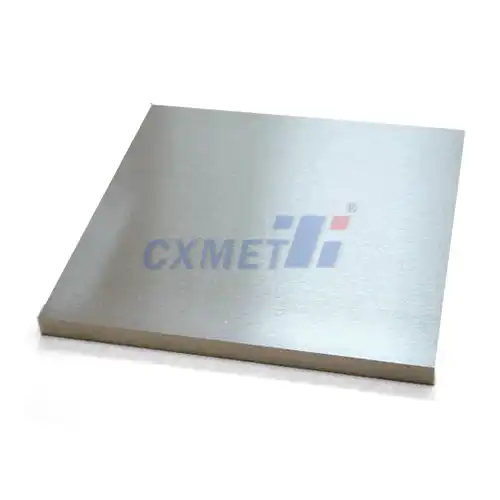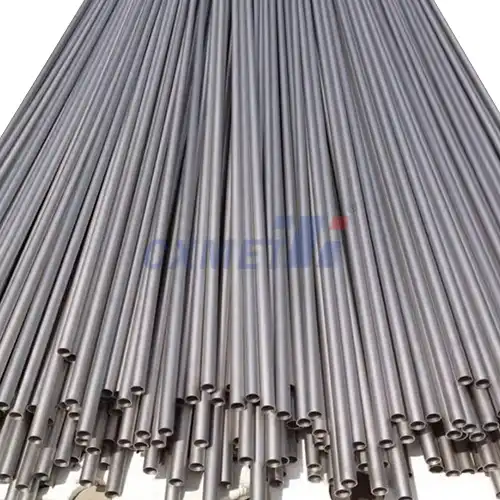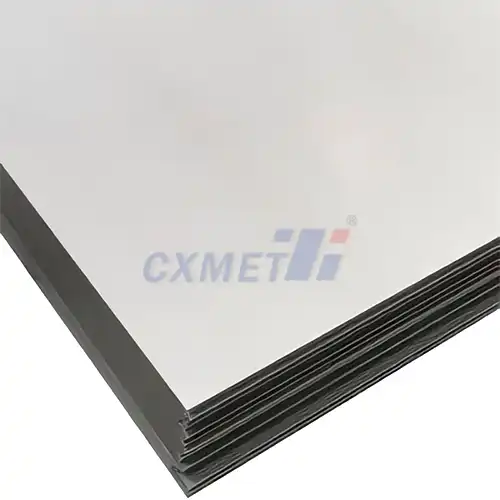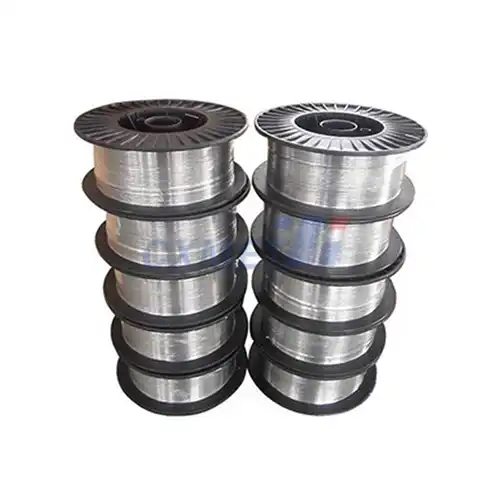- English
- French
- German
- Portuguese
- Spanish
- Russian
- Japanese
- Korean
- Arabic
- Greek
- German
- Turkish
- Italian
- Danish
- Romanian
- Indonesian
- Czech
- Afrikaans
- Swedish
- Polish
- Basque
- Catalan
- Esperanto
- Hindi
- Lao
- Albanian
- Amharic
- Armenian
- Azerbaijani
- Belarusian
- Bengali
- Bosnian
- Bulgarian
- Cebuano
- Chichewa
- Corsican
- Croatian
- Dutch
- Estonian
- Filipino
- Finnish
- Frisian
- Galician
- Georgian
- Gujarati
- Haitian
- Hausa
- Hawaiian
- Hebrew
- Hmong
- Hungarian
- Icelandic
- Igbo
- Javanese
- Kannada
- Kazakh
- Khmer
- Kurdish
- Kyrgyz
- Latin
- Latvian
- Lithuanian
- Luxembou..
- Macedonian
- Malagasy
- Malay
- Malayalam
- Maltese
- Maori
- Marathi
- Mongolian
- Burmese
- Nepali
- Norwegian
- Pashto
- Persian
- Punjabi
- Serbian
- Sesotho
- Sinhala
- Slovak
- Slovenian
- Somali
- Samoan
- Scots Gaelic
- Shona
- Sindhi
- Sundanese
- Swahili
- Tajik
- Tamil
- Telugu
- Thai
- Ukrainian
- Urdu
- Uzbek
- Vietnamese
- Welsh
- Xhosa
- Yiddish
- Yoruba
- Zulu
Can Titanium Rectangular Bars be Used for Welding and Machining?
2025-02-27 15:21:31
Titanium Rectangular Bar are versatile materials widely used in various industries due to their exceptional strength-to-weight ratio, corrosion resistance, and biocompatibility. When it comes to welding and machining, titanium rectangular bars offer unique properties that make them suitable for these processes. However, working with titanium requires specific techniques and considerations to ensure optimal results. In this blog post, we'll explore the use of titanium rectangular bars in welding and machining applications, addressing common questions and providing insights into best practices.
|
|
|
What are the challenges of welding titanium rectangular bars?
Welding Titanium Rectangular Bar presents several challenges that require careful consideration and specialized techniques. One of the primary challenges is titanium's high reactivity with oxygen and nitrogen at elevated temperatures. This reactivity can lead to embrittlement and reduced weld strength if not properly managed. To overcome this issue, welders must create an inert atmosphere around the weld area using shielding gases such as argon or helium.
Another challenge is the formation of alpha case, a hard and brittle layer that forms on the surface of titanium when exposed to oxygen at high temperatures. This layer can compromise the mechanical properties of the welded joint and must be removed through post-weld processing. To minimize alpha case formation, welders often use trailing shields or purge boxes to maintain an inert atmosphere around the weld area until it cools below the critical temperature.
Titanium's low thermal conductivity can also pose challenges during welding. The heat generated during the welding process tends to concentrate in a small area, leading to potential distortion and warping of the material. To address this issue, welders may employ pulsed welding techniques or use fixtures to dissipate heat more effectively.
Proper preparation of the titanium rectangular bars is crucial for successful welding. The surfaces to be welded must be thoroughly cleaned and free from contaminants, as even small amounts of impurities can compromise weld quality. Welders often use dedicated tools and consumables for titanium to prevent cross-contamination from other materials.
Despite these challenges, welding titanium rectangular bars is achievable with the right equipment, techniques, and expertise. Gas Tungsten Arc Welding (GTAW), also known as TIG welding, is the most commonly used method for titanium welding due to its precise control and ability to maintain an inert atmosphere. Electron Beam Welding (EBW) and Laser Beam Welding (LBW) are also effective for joining titanium, particularly for thicker sections or when minimal heat input is desired.
How do you properly machine titanium rectangular bars?
Machining Titanium Rectangular Bar requires careful consideration of tool selection, cutting parameters, and cooling strategies to achieve optimal results. Titanium's unique properties, such as its low thermal conductivity and high strength-to-weight ratio, can make it challenging to machine compared to more conventional materials.
One of the key considerations when machining titanium is tool selection. High-speed steel (HSS) tools are generally not suitable for titanium due to their rapid wear rates. Instead, carbide tools with specialized coatings are preferred for their improved wear resistance and heat dissipation. Tools with positive rake angles and sharp cutting edges help to reduce cutting forces and heat generation during machining.
Cutting parameters play a crucial role in successful titanium machining. Lower cutting speeds are typically used compared to other metals to minimize heat generation and tool wear. However, feed rates should be maintained at a relatively high level to ensure chip formation and prevent work hardening of the material. The depth of cut should be carefully controlled to balance material removal rates with tool life and surface finish requirements.
Effective cooling is essential when machining titanium rectangular bars. The low thermal conductivity of titanium means that heat tends to concentrate at the cutting edge, leading to rapid tool wear and potential workpiece damage. Flood coolant is commonly used, but high-pressure coolant delivery systems can be more effective in penetrating the cutting zone and evacuating chips. Some machining operations may benefit from cryogenic cooling techniques, which use liquid nitrogen to rapidly cool the cutting area.
Chip control is another important aspect of titanium machining. Titanium tends to form long, stringy chips that can interfere with the cutting process and pose safety risks. Chip breakers on cutting tools and appropriate feed rates can help to produce smaller, more manageable chips. Vacuum chip removal systems may be employed to prevent chip recutting and maintain a clean cutting environment.
Workholding is critical when machining titanium rectangular bars. The material's elasticity and tendency to spring back can lead to chatter and poor surface finish if not properly secured. Rigid fixturing and high clamping forces are often necessary to ensure stability during machining operations. In some cases, specialized workholding solutions may be required to accommodate the unique properties of titanium.
Post-machining operations should also be considered when working with titanium rectangular bars. Deburring and edge breaking are important to remove any sharp edges or burrs that may have formed during machining. Chemical milling or electropolishing may be used to remove the alpha case layer that can form on machined surfaces, particularly in aerospace applications where fatigue resistance is critical.
What are the best practices for handling and storing titanium rectangular bars?
Proper handling and storage of titanium rectangular bars are essential to maintain their quality and ensure optimal performance in subsequent manufacturing processes. Titanium's susceptibility to surface contamination and its relatively high cost make it crucial to implement best practices throughout the material lifecycle.
When handling titanium rectangular bars, it's important to use clean, lint-free gloves or handling equipment to prevent surface contamination. Oils and other contaminants from skin contact can interfere with subsequent welding or machining operations. If bare-handed contact does occur, the affected areas should be cleaned with an appropriate solvent before further processing.
Storage conditions play a significant role in preserving the quality of titanium rectangular bars. The material should be kept in a clean, dry environment with controlled temperature and humidity. Exposure to extreme temperatures or moisture can lead to surface oxidation or the formation of hydrides, which can negatively impact the material's properties.
Titanium rectangular bars should be stored horizontally on clean, flat surfaces to prevent warping or distortion. If stacking is necessary, suitable spacers should be used to prevent direct contact between bars and allow for air circulation. The storage area should be free from potential sources of contamination, such as dust, chemicals, or other metals that could cause galvanic corrosion.
Proper labeling and inventory management are crucial for tracking titanium rectangular bars. Each batch or lot should be clearly marked with relevant information such as grade, dimensions, heat number, and certification details. This documentation is essential for maintaining traceability and ensuring that the correct material is used for each application.
When transporting titanium rectangular bars, care should be taken to protect them from physical damage and environmental exposure. Suitable packaging materials, such as plastic wrapping or protective cases, should be used to prevent scratches, dents, or contamination during transit. For long-distance transportation, consider using desiccants or humidity indicators to monitor and control moisture exposure.
Regular inspection of stored titanium rectangular bars is important to identify any signs of degradation or contamination. Visual checks for surface discoloration, pitting, or other defects should be performed periodically. If any issues are detected, the affected material should be segregated and evaluated for usability or potential remediation.
In conclusion, titanium rectangular bars can indeed be used for welding and machining, but these processes require specialized techniques and careful consideration of the material's unique properties. By following best practices for handling, storage, welding, and machining, manufacturers can take full advantage of titanium's exceptional characteristics in a wide range of applications. As technology and techniques continue to evolve, the potential for titanium in various industries is likely to expand further, making it an increasingly valuable material for engineers and designers.
At SHAANXI CXMET TECHNOLOGY CO., LTD, we take pride in our extensive product range, which caters to diverse customer needs. Our company is equipped with outstanding production and processing capabilities, ensuring the high quality and precision of our products. We are committed to innovation and continuously strive to develop new products, keeping us at the forefront of our industry. With leading technological development capabilities, we are able to adapt and evolve in a rapidly changing market. Furthermore, we offer customized solutions to meet the specific requirements of our clients. If you are interested in our products or wish to learn more about the intricate details of our offerings, please do not hesitate to contact us at sales@cxmet.com. Our team is always ready to assist you.
|
|
|
|
References
- AWS D1.9/D1.9M:2015 Structural Welding Code - Titanium
- Titanium Welding Guide, American Welding Society
- Machining Titanium Alloys, Sandvik Coromant
- Titanium Alloys - Processing, Fabrication, and Mechanical Performance, Matthew J. Donachie Jr.
- Handbook of Titanium-Based Materials: Thermomechanical Processing, Microstructure, and Properties, C. Leyens and M. Peters
- Welding of Titanium and Its Alloys, Materials Science and Engineering: A, Volume 513-514
- Titanium: A Technical Guide, Matthew J. Donachie Jr.
- Advanced Machining Processes of Metallic Materials: Theory, Modelling, and Applications, W. Grzesik
- Titanium Alloys: An Atlas of Structures and Fracture Features, Lucjan Pawlowski
- ASM Handbook, Volume 6: Welding, Brazing, and Soldering, ASM International








